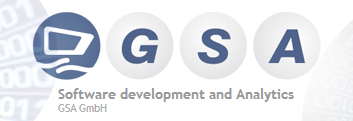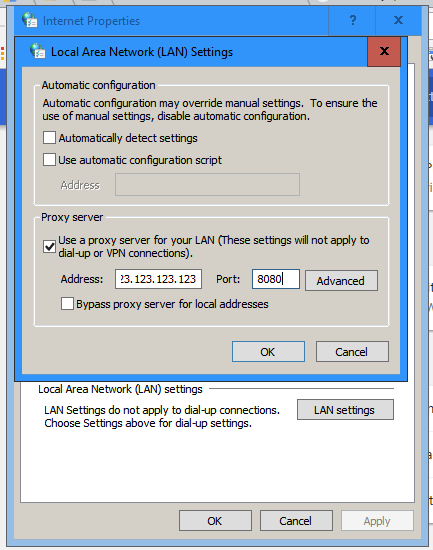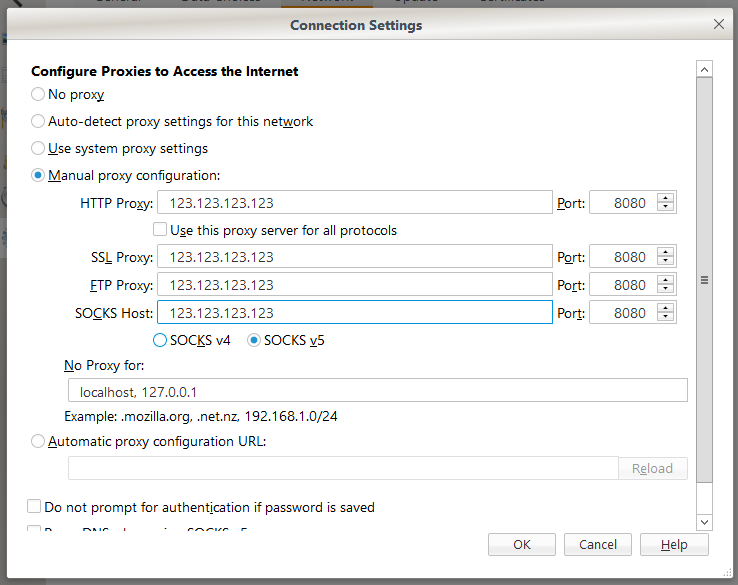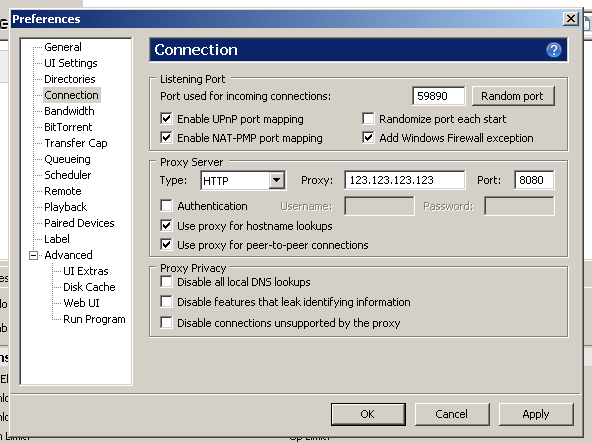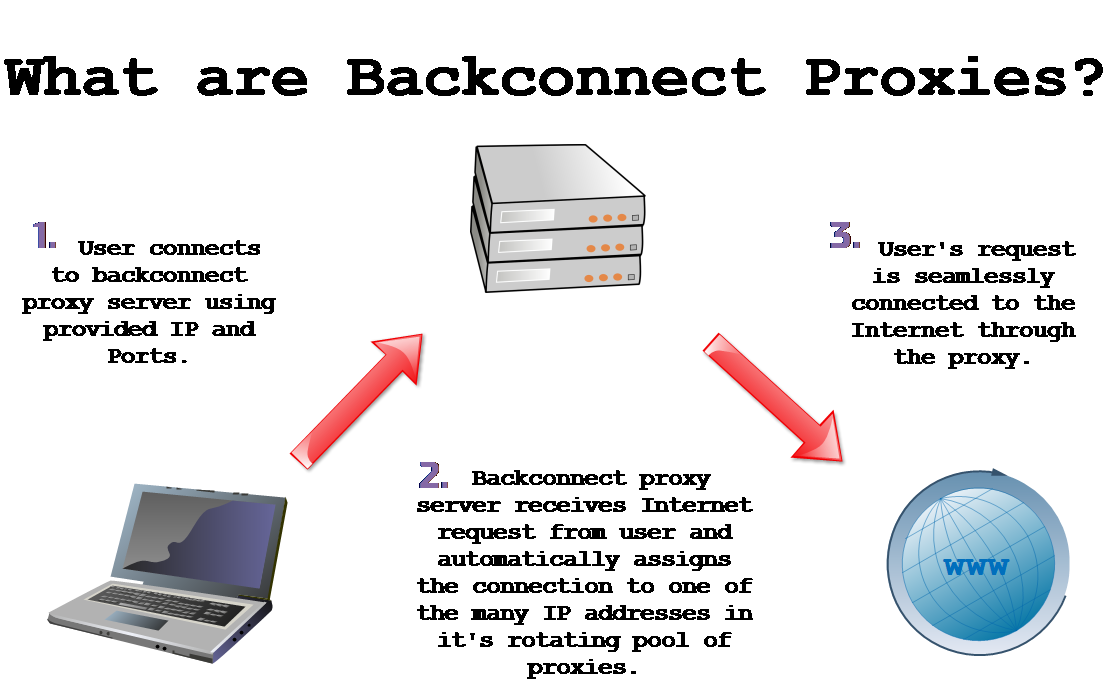This question is asked very often, and the differences between Rotating Proxies and Backconnect Proxies are pretty simple.
So, what exactly is the Difference Between Rotating Proxies and Backconnect Proxies?
To be up-front, this is sort of a “trick” post – the answer is basically Nothing! ????
Rotating and Backconnect proxies are essentially the same thing just being called different names. They are both a method of using proxies where the user has just one proxy IP that auto rotates through different end-point proxy server IPs based on timed minute intervals or for each internet request the user makes.
However, there is one thing to clear up. There are TWO different types of backconnect proxies:
- Some backconnect proxies rotate a new IP per each request by the user and should be called just “Backconnect Proxies”.
- The other flavor of backconnect proxies rotates a new IP on a timed interval – the most common intervals are 3, 5, or 10 minutes – and these proxies should be called “Rotating Backconnect Proxies”.
Confusingly, most providers call each style “Rotating Proxies” or “Backconnect Proxies” with only a a few differentiating between the timed Rotating Backconnect Proxies and the static Backconnect Proxies that do not rotate.
A Possible explanation of the Backconnect/Rotating Proxy confusion.
In the beginning, the first rotating backconnect proxy providers called them just that – “Rotating Backconnect Proxies”. However, somewhere along the way, new rotating backconnect proxy providers most likely got tired of that long and tiresome name and decided to shorten it. Thus, “Backconnect Proxies” and “Rotating Proxies” were born!
It’s similar to the way some proxy providers call their proxies “private” and “shared”, some say “dedicated” and “shared”, while others say “dedicated” and “semi-dedicated”. Why? Semi-Dedicated looks better than Shared. I’m sure SEO had a role to play as well.
Proxy Providers that Offer Rotating Backconnect Proxies:
- IPRoyal Promo Code – 10% Discount on Residential Proxies
- OxyLabs Promo Code – 25% Discount on Residential Proxies
- Bright Data Promo – $75 Free Credit through GetFastProxy
- HydraProxy Promo Code – 10% Extra Funds Added
- Shifter Promo Code – 20% Off ANY Shifter Proxy Plan (EXPIRED)
- Rayobyte Promo Code – 5% Recurring Discount on Monthly Proxy Plans
- YourPrivateProxy Promo Code – 50% Discount on Proxies
- Shifter Promo Code – 20% Discount on Residential ISP Proxies (EXPIRED)
- Proxy-N-VPN Promo Code – 15% Discount on Shared/Dedicated Proxies and VPNs!
- Proxy-N-VPN Promo Code – 15% Recurring Discount on Shared, Dedicated, and Gaming Proxies
For more detailed information on rotating backconnect proxies, click here.



